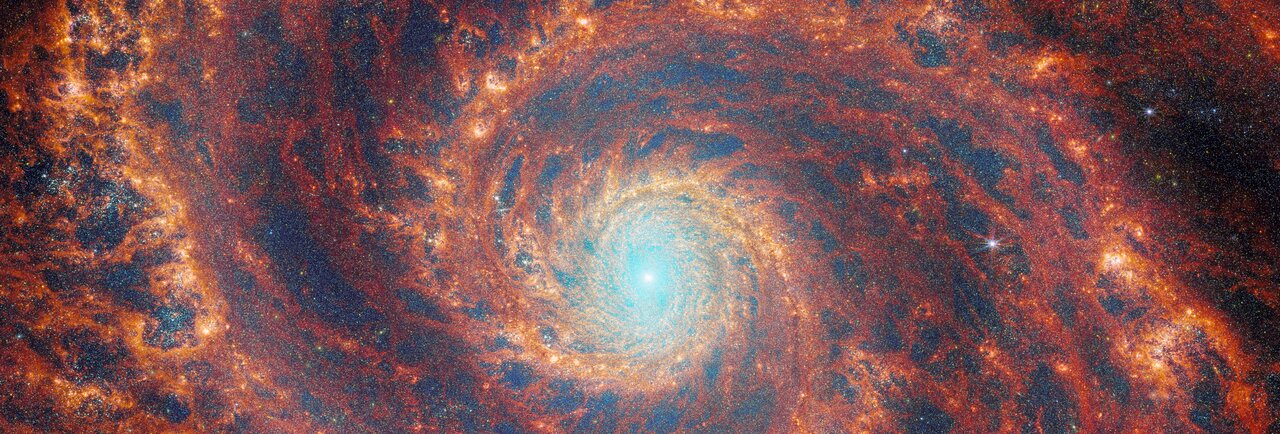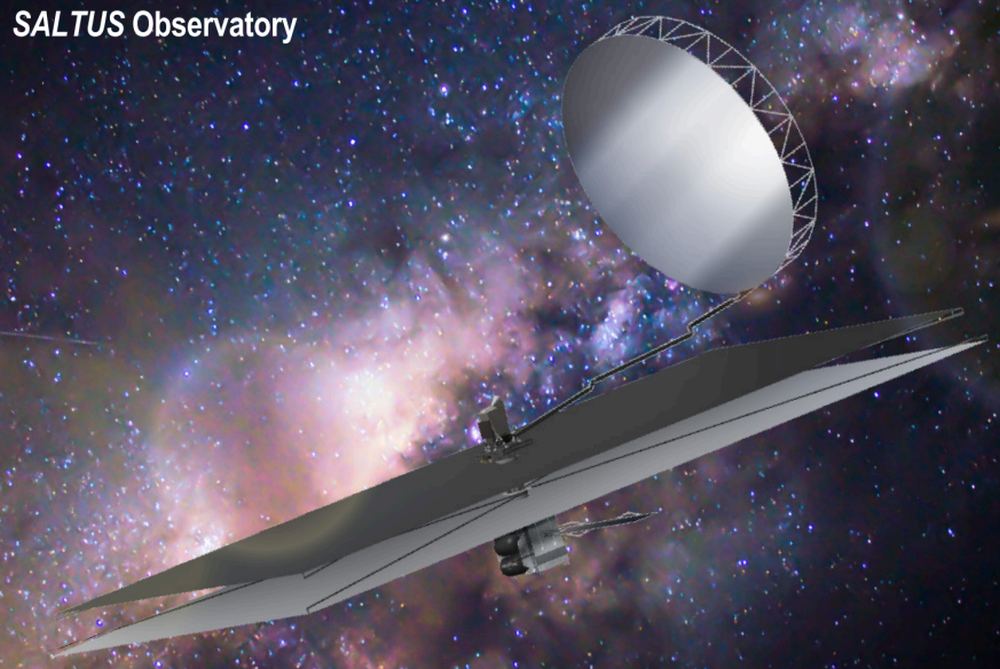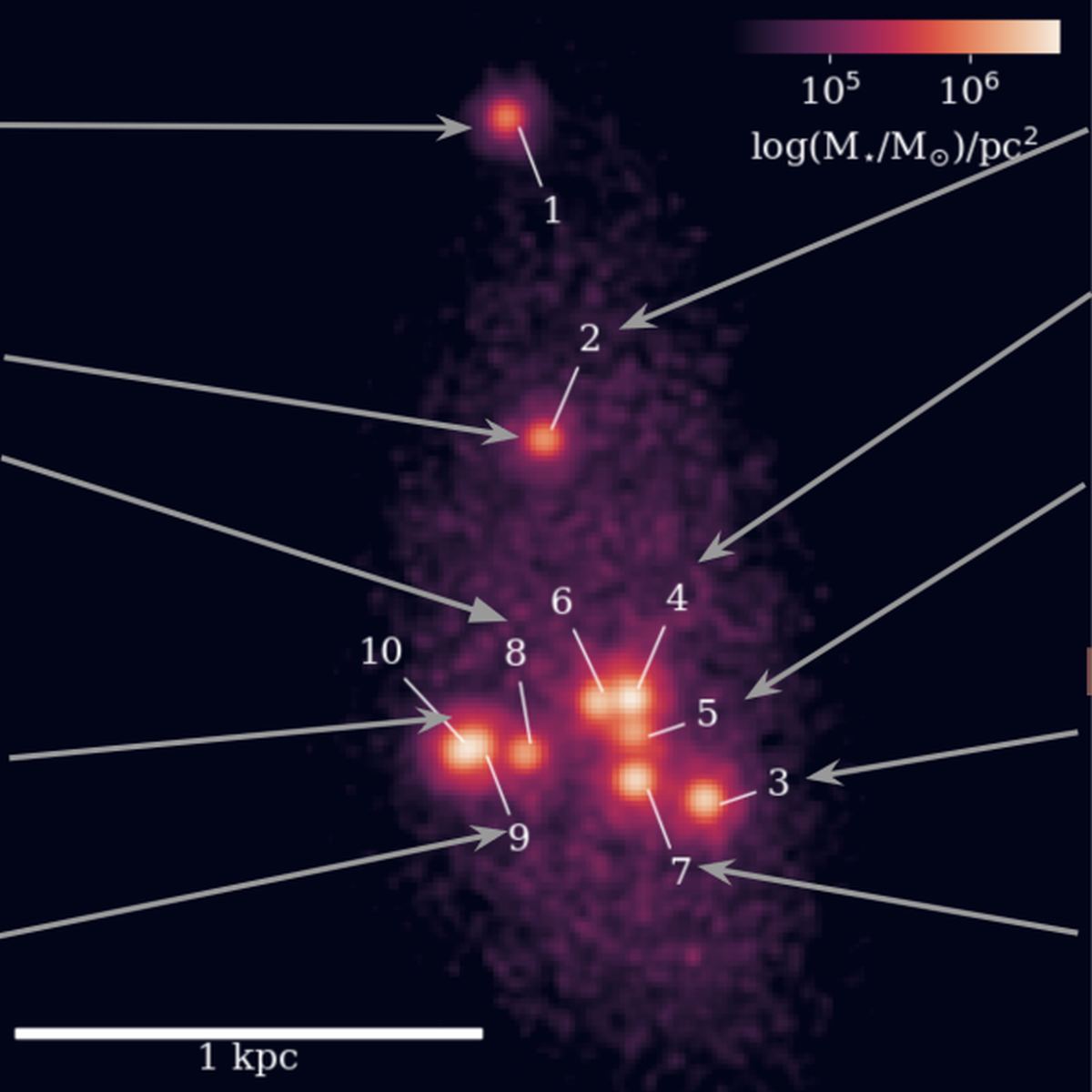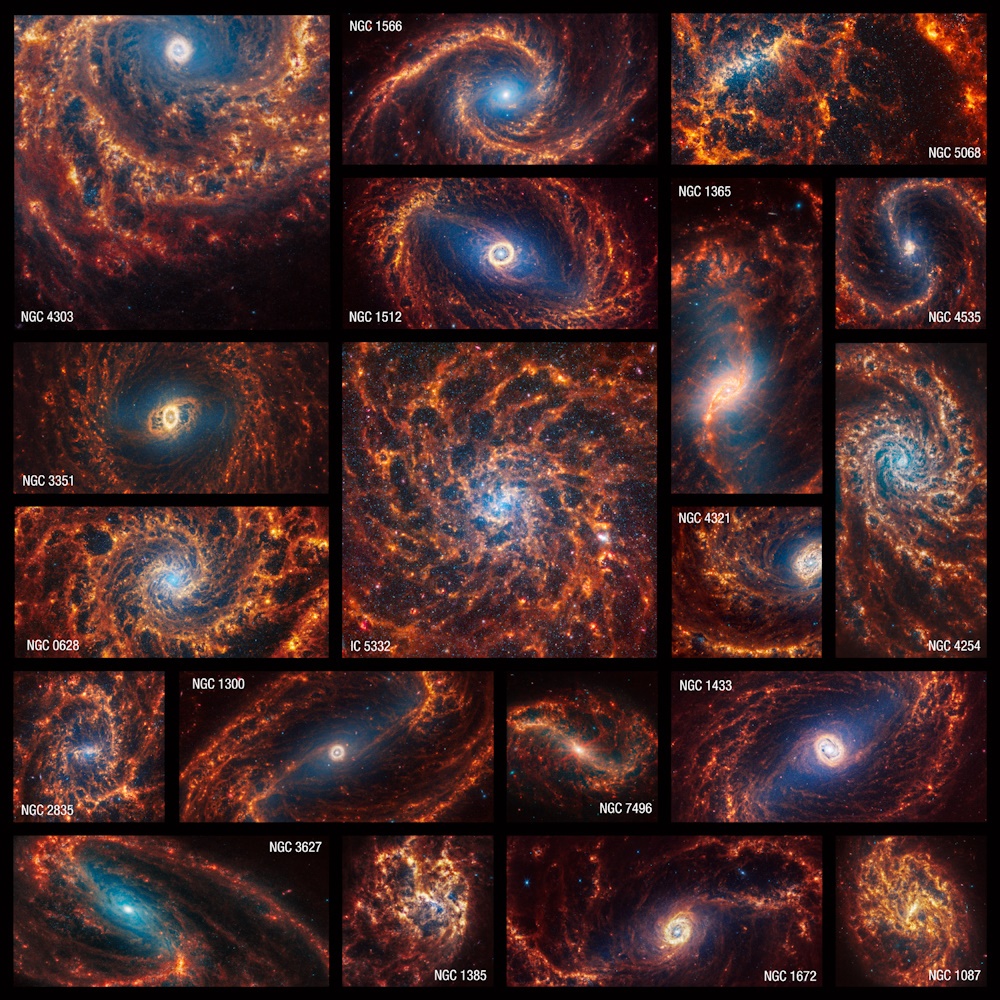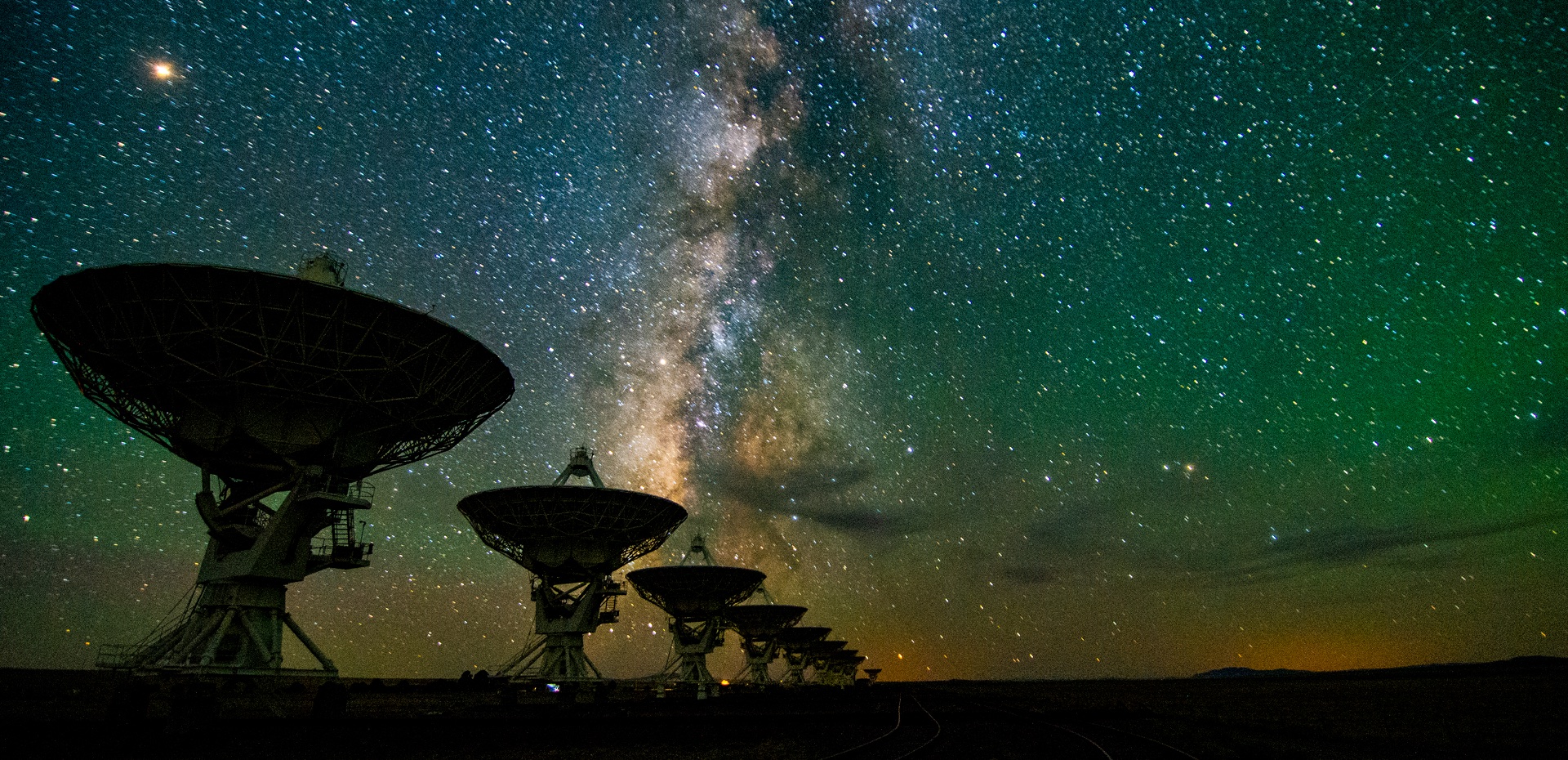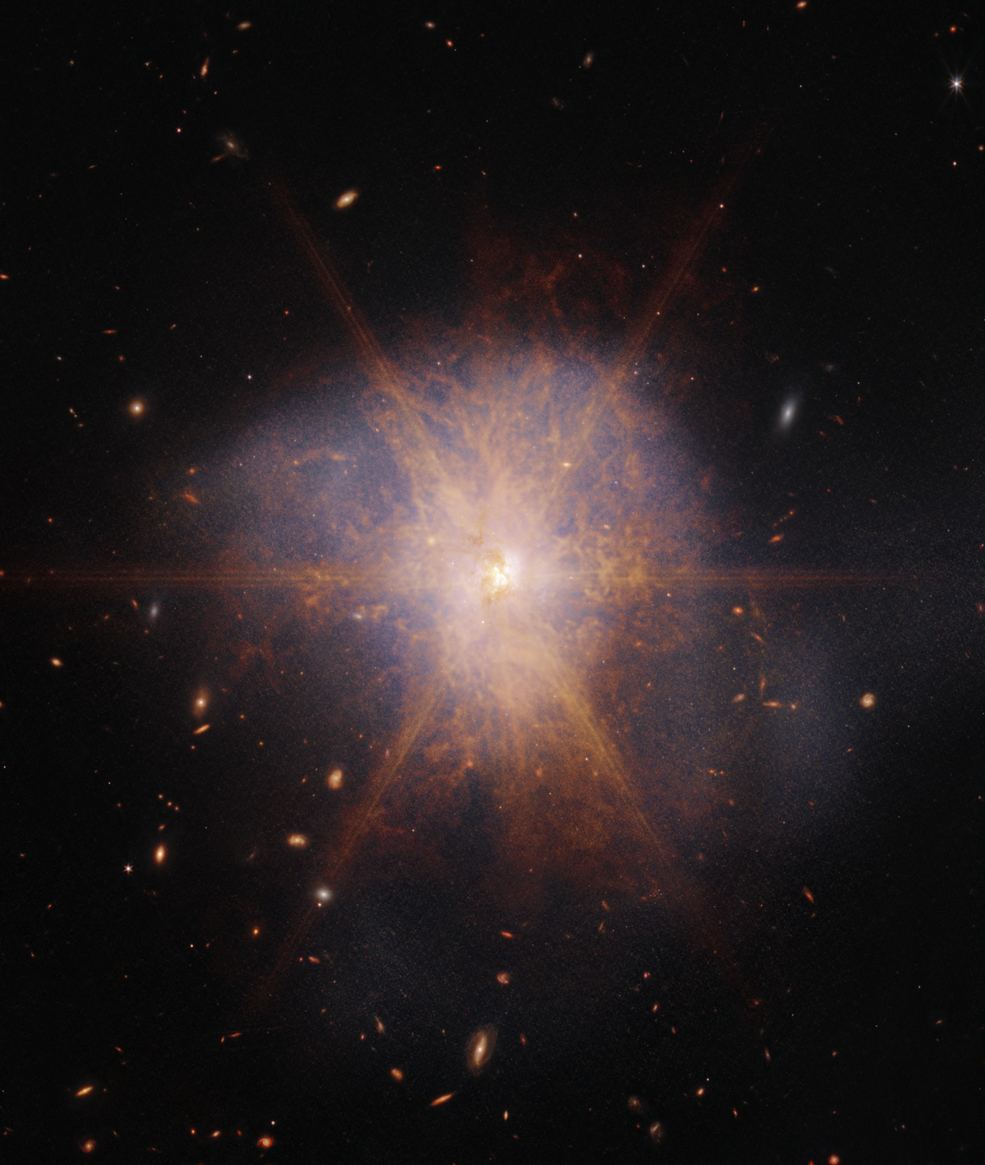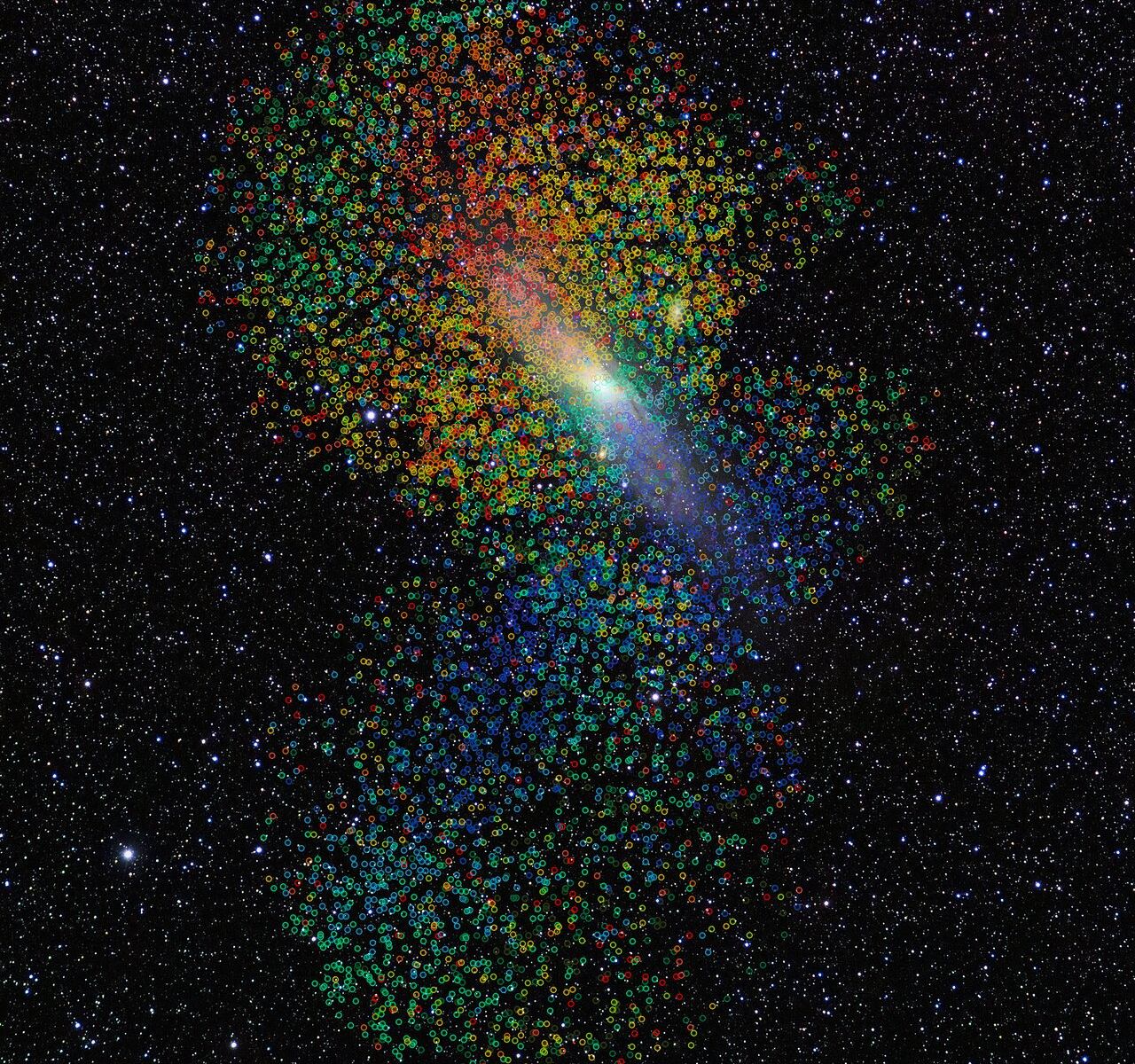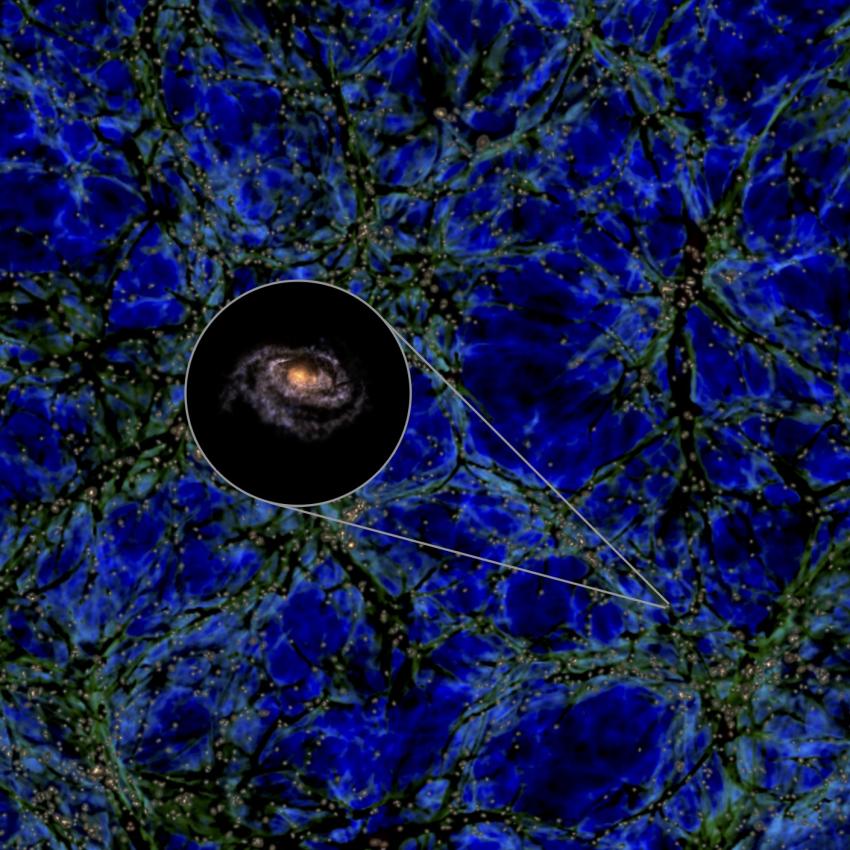In the years before the JWST’s launch, astronomers’ efforts to understand the early Universe were stymied by a stubborn obstacle: the light from the early Universe was red-shifted to an extreme degree. The JWST was built with extreme redshifts in mind, and one of its goals was to study Galaxy Assembly.
Once the JWST activated its segmented, beryllium eye, the Universe’s most ancient, red-shifted light became visible.
Continue reading “Almost a Third of Early Galaxies Were Already Spirals”
